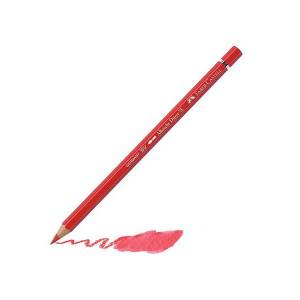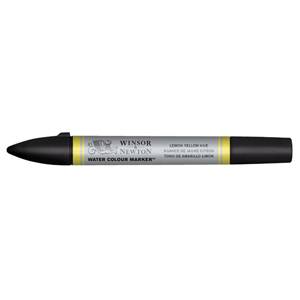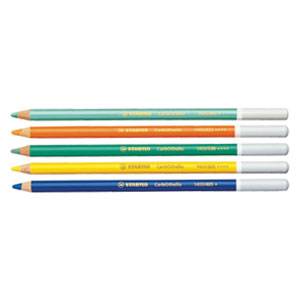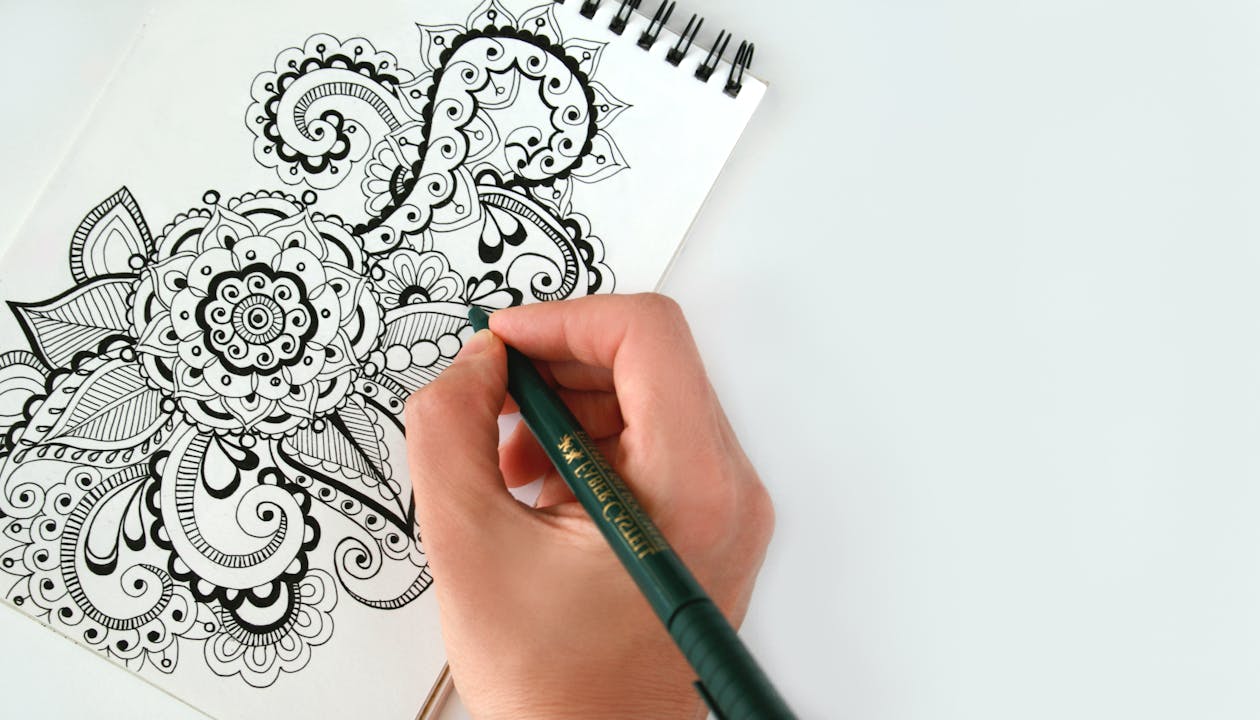Mastering the Art of Drawing Styles: Techniques & Inspiration

Introduction to Drawing Styles
Drawing styles are vital in the world of art. They refer to the varied techniques that artists use to create distinctive works of art. These styles are crucial in creating unique masterpieces that showcase an artist's individuality and creativity.
The importance of drawing styles lies in their ability to convey emotion and story through the artist’s unique technique. Each style has its own special way of telling a story through art, leaving a lasting impression on the viewer.
Mastering drawing styles requires inspiration that can be drawn from different sources, including other artists' works, daily life, and imagination. By employing techniques such as cross-hatching, shading, stippling, and blending, artists can create impressive images that stand out.
The key to mastering different drawing styles is practise and experimentation with various techniques, brush types, and colour palettes in order to create a unique and distinctive style.
In conclusion, drawing styles are an essential aspect of creating unique artwork. By mastering different drawing techniques and getting inspired by different sources, artists can develop their own style and make a lasting impression on their audience. Start exploring the endless possibilities of drawing styles today!
Understanding Different Drawing Styles

The article emphasises the importance of mastering different techniques and finding inspiration from various sources to develop a distinctive style of creating unique and impactful artwork, that showcases the artist's individuality and creativity.
This is a list of various drawing styles and their distinctive features:
- Realism: emphasises representing subjects as closely and accurately as possible.
- Abstract: emphasises the use of colours, shapes, and forms rather than accurate depiction of subjects.
- Cartoon: emphasise simplified shapes, exaggerated features, and comical expressions.
- Surrealism: emphasises on the depiction of the subconscious mind with irrational and dreamlike images.
- Academic/Classical: emphasises precise and accurate lines, proportions, and lighting to achieve a realistic effect.
- Line Art: emphasises the use of lines to create an image.
- Sketching: emphasises on preliminary drawings and quick strokes to capture ideas and emotions.
- Photorealism/Hyperrealism: emphasises creating an image that looks like a photograph.
- Doodling: emphasises on creating abstract and spontaneous drawings without clear intentions.
- Comic: emphasise combining images and text to tell a story, usually with humorous or satirical elements.
- Manga: emphasises on the Japanese style of comic drawing with distinctive facial features and body proportions.
- Line Drawing: emphasises on the use of lines to create simple and elegant drawings.
- Architectural Drawing: emphasises the precision and detail required for architectural plans and drawings
- Tattoo Drawing: emphasises on creating permanent designs on the skin with intricate and detailed images.
- Typography Drawing: emphasises creating images with letters and text
- Stippling, Hatching, and Scumbling: emphasise the use of dots, lines, and scribbles to create shading and textures.
- Anamorphic Drawing: emphasises on creating distorted images that form a clear picture when viewed from a specific angle.
- Anime style drawing: is a distinctive drawing style with roots in Japanese culture and animation.
Mastering different drawing styles requires practise and experimentation with various techniques, brush types, and colour palettes to find the best style for the desired outcome.
Faber-Castell Albrecht Durer Pencils

ONLY $3.65
Winsor & Newton Watercolour Markers

ONLY $9.80
Stabilo Carbothello Pencils

ONLY $6.65
Copic Sketch Markers

ONLY $9.95
Techniques for Mastering Drawing Styles

Mastering different drawing styles requires practise, experimentation, and a willingness to learn. Here are some tips for developing techniques to create unique and impactful artwork:
- Realism: To create realistic drawings, careful observation of the subject is essential. It requires precise lines, proportions, and shading to achieve accuracy. Start by sketching the basic shapes, then focus on adding details, including shadows and highlights.
- Abstract: To create abstract art, use colours, shapes, and forms to express emotions and ideas. Explore different techniques such as collage, dripping, and splattering to create unique and interesting combinations.
- Cartoon Drawing Style: To develop a unique cartoon style, start by exaggerating the subject's features and using simplified shapes to create a comical effect. Experiment with different pencil types, such as markers and coloured pencils, to add colour and depth.
- Surrealism: To create surrealistic art, use materials such as ink, charcoal, and acrylics to create dreamlike and irrational images. Explore different techniques. such as collage, photomontage, and frottage to create unique and interesting combinations.
In conclusion, discovering and mastering different drawing styles is a never-ending journey. By consistently exploring new techniques, using different types of materials, and finding inspiration from different sources, artists can create truly remarkable works of art that leave a lasting impression.
Inspiration for Drawing Styles

Finding inspiration is crucial to mastering different drawing styles. Here are some sources to draw inspiration from:
- Everyday life: Daily life can provide inspiration for creating exceptional artwork. Simply looking around and observing our surroundings, such as taking a walk, visiting a park, or going to a museum, can inspire artists to draw people, nature, architecture, and more. Additionally, exploring different mediums such as watercolours, charcoal, or pastels can offer opportunities for experimenting with styles and techniques.
- References and online resources: Utilise references such as books, magazines, and online tutorials to develop your own style. Websites like Pinterest, DeviantArt, and Behance can also be great resources to discover new techniques and artworks.
- Drawing challenges and prompts: Join online communities or participate in drawing challenges such as Inktober, Draw-a-Day or 30-day drawing challenges. These activities can provide a sense of direction and motivation.
- Collaborating with other artists: Collaborating with other artists can provide a unique opportunity for creative stimulation, new techniques, and inspiration. Joining art clubs or participating in group projects can inspire an artist's own style and broaden their perspectives.
In conclusion, exploring different sources of inspiration can help artists develop their own unique style and take their artwork to the next level. Keep an open mind and take advantage of opportunities to collaborate and participate in challenges and prompts to continuously improve your skills and techniques.
Developing Your Own Style

Developing your own style is essential to creating art that is uniquely yours. Here are some tips to consider when developing your own style:
- To discover what works best for you, it's important to experiment with different drawing techniques and styles. You can take inspiration from artists you admire and try incorporating certain elements of their style into your work.
- While experimenting with different styles and techniques is important, it is equally important to stay true to your own creative vision. Your unique interpretation and style make your artwork stand out, so don't hesitate to take risks and be different.
- Balancing structure and spontaneity in your art: Developing your own style involves finding a balance between structure and spontaneity. While planning and intention help in creating an artwork, incorporating spontaneity can make the piece more dynamic and expressive.
In conclusion, developing your own style takes time, experimentation, and creativity. Be open to new techniques and styles, but stay true to your own creative vision. Remember that finding balance between structure and spontaneity is key to creating unique and impactful art.
Conclusion
Mastering different drawing styles requires practise, patience, experimentation, and creative passion. Finding inspiration through day-to-day life, references, challenges, and collaborations with other artists can continually develop skills and techniques, culminating in a unique style that stands out. The development of your own style requires experimentation with various techniques and styles while remaining true to your creative vision. In conclusion, mastering the art of drawing styles is a continuous process that requires dedication and creativity, but with persistence, artists can develop an impactful style that resonates with viewers.
